Whether you’re an avid gamer who plays every day or a newbie just testing the waters, you’re likely familiar with popular consoles like the Playstation, Xbox, and Nintendo Switch. But have you ever heard of the Super A’Can? What about the Bandai Playdia? Like many people out there, you’re probably hearing those names for the very first time. It’s time to expand your video game knowledge and rediscover five retro gaming consoles that have helped shape the gaming industry as you know it.
1. Fairchild Channel F
Introduced back in 1976, the Fairchild Channel F is one of the first consoles to use cartridges. Released one year earlier than the Atari 2600, its library of 26 games isn’t as extensive as some of its competitors, but it still offered games that were innovative for its time. Some popular titles included “Video Whizball,” a pong-like game, and “Alien Invasion,” a space shoot-em. Its unique controller, a combination of joysticks and paddle, provided players with both a versatile and innovative gaming experience. But perhaps the Channel F’s most groundbreaking feature was its ability to pause and change game speed, something that was quite rare in the early days of gaming.
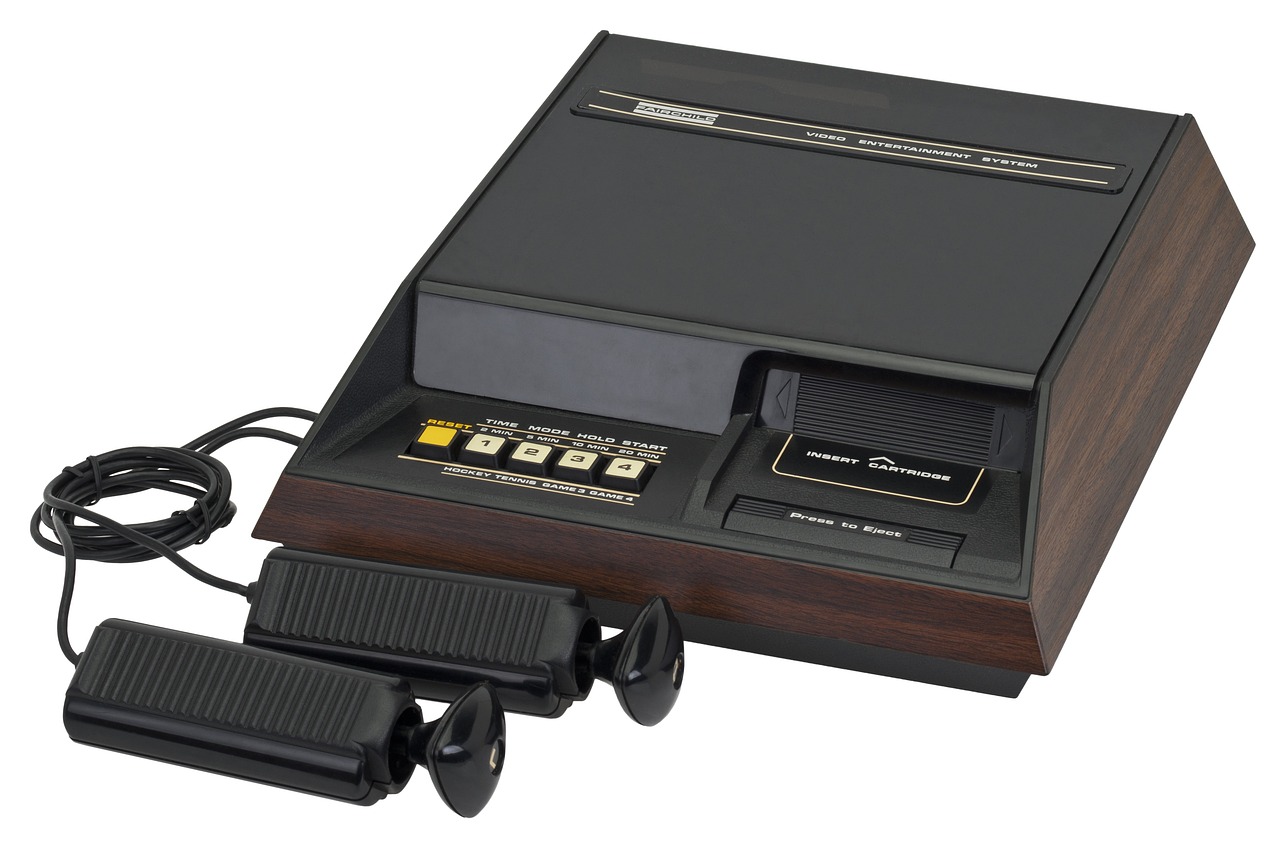 Image by WikimediaImages from Pixabay
Image by WikimediaImages from Pixabay
2. NEC PC-FX
Released in 1994, the NEC PC-FX is a Japanese-exclusive console, explaining why you’ve probably never heard of it. With its strange tower-like design, it looks much more like a PC than a gaming console. One popular game played on this console was called “Battle Heat,” a full-motion video (FMV) fighting game with a unique concept that really put the console’s hardware to work. The PC-FX also showcased advanced video decompression technologies and audio capabilities that made it well-advanced for its time.
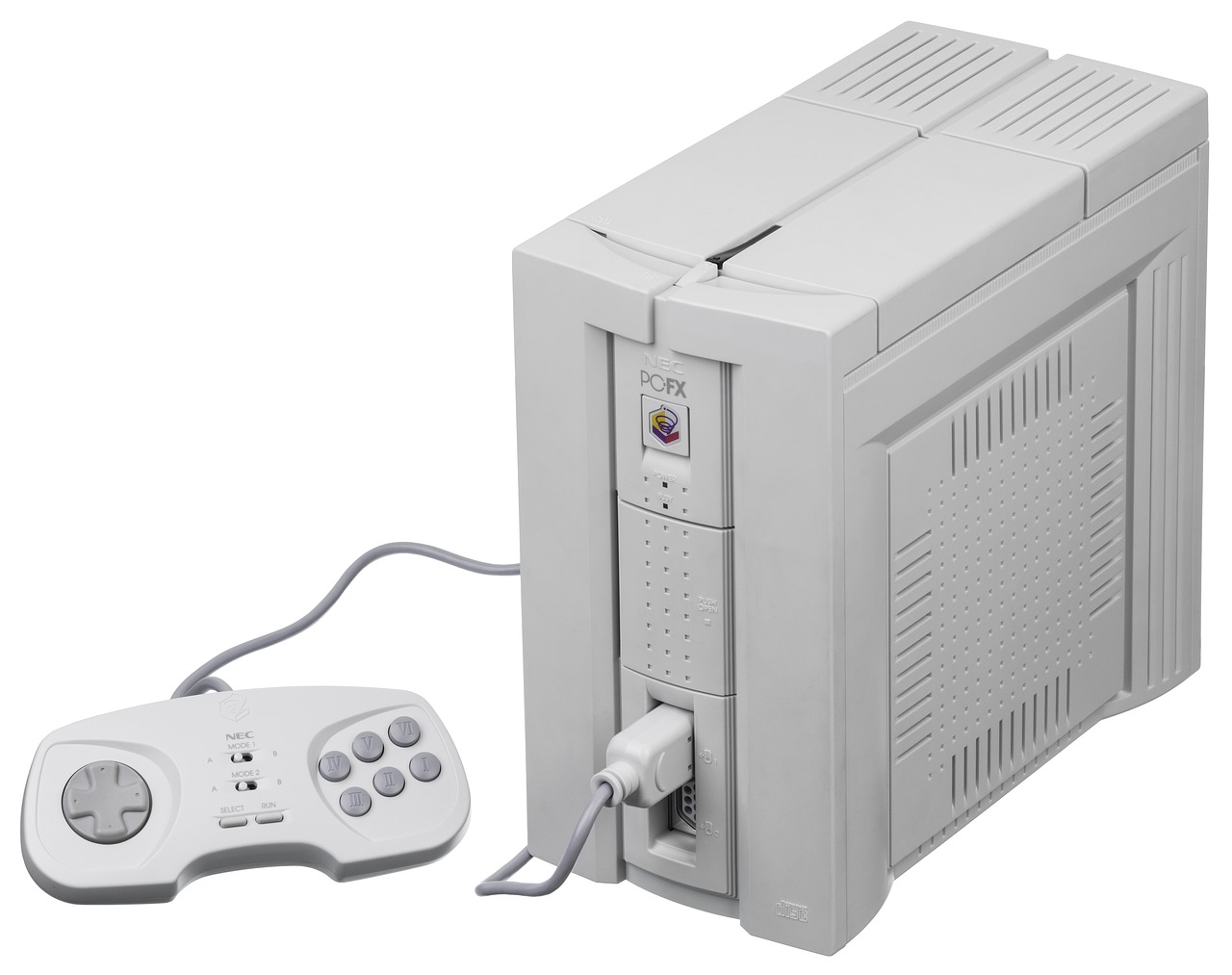 Image by WikimediaImages from Pixabay
Image by WikimediaImages from Pixabay
3. Super A’Can
Coming straight from Taiwan in 1995, the Super A’Can is an obscure console that boasts 16-bit graphics comparable to the Super Nintendo. Despite its robust hardware, the console only saw 12 game releases. A couple of fan-favourite games on this console included “Monopoly 2,” “Super Dragon Force,” and “Journey to the Laugh”. As the only console to ever come out of Taiwan, it’s definitely a unique entry in the gaming universe.
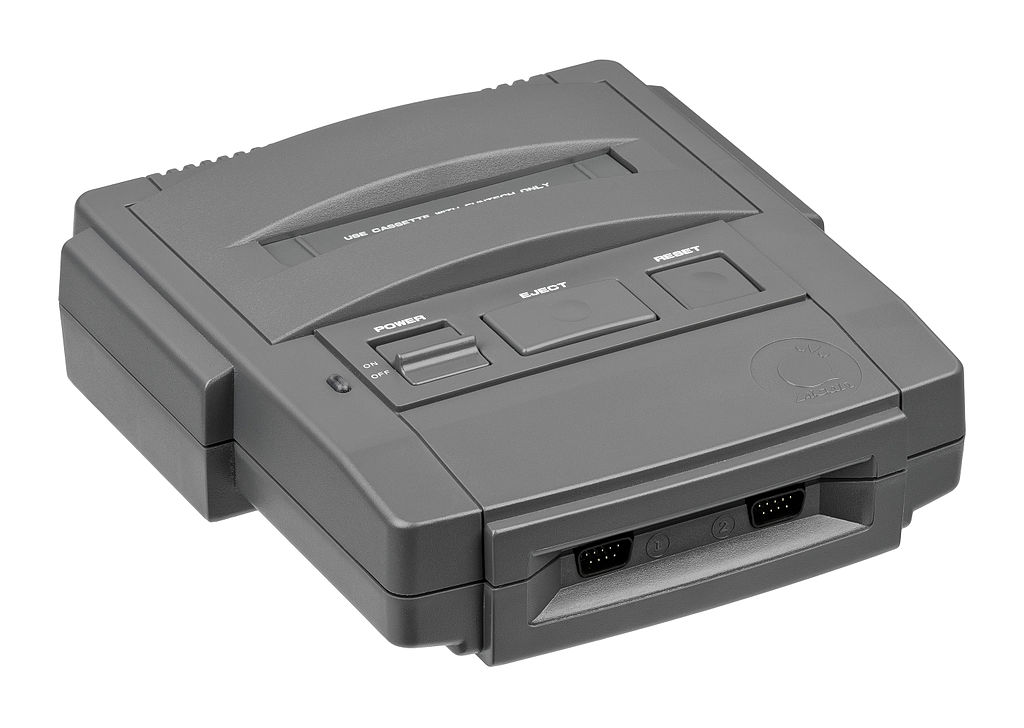 Evan-Amos, Public domain, via Wikimedia Commons
Evan-Amos, Public domain, via Wikimedia Commons
4. Casio Loopy
Released in Japan in 1995, the Casio Loopy is an interesting console with an even more interesting marketing scheme - it was marketed solely towards young girls. With a built-in thermal printer, the Casio Loopy allowed players to print screenshots of whatever game they were playing. Given the time, this was an incredibly innovative and unique function.
One of the Casio Loopy’s most popular games was called “Magical Shop,” a simulation game about running a boutique. With just ten games in its library, it’s safe to say its approach to a niche audience makes Casio Loopy an interesting chapter in gaming history.
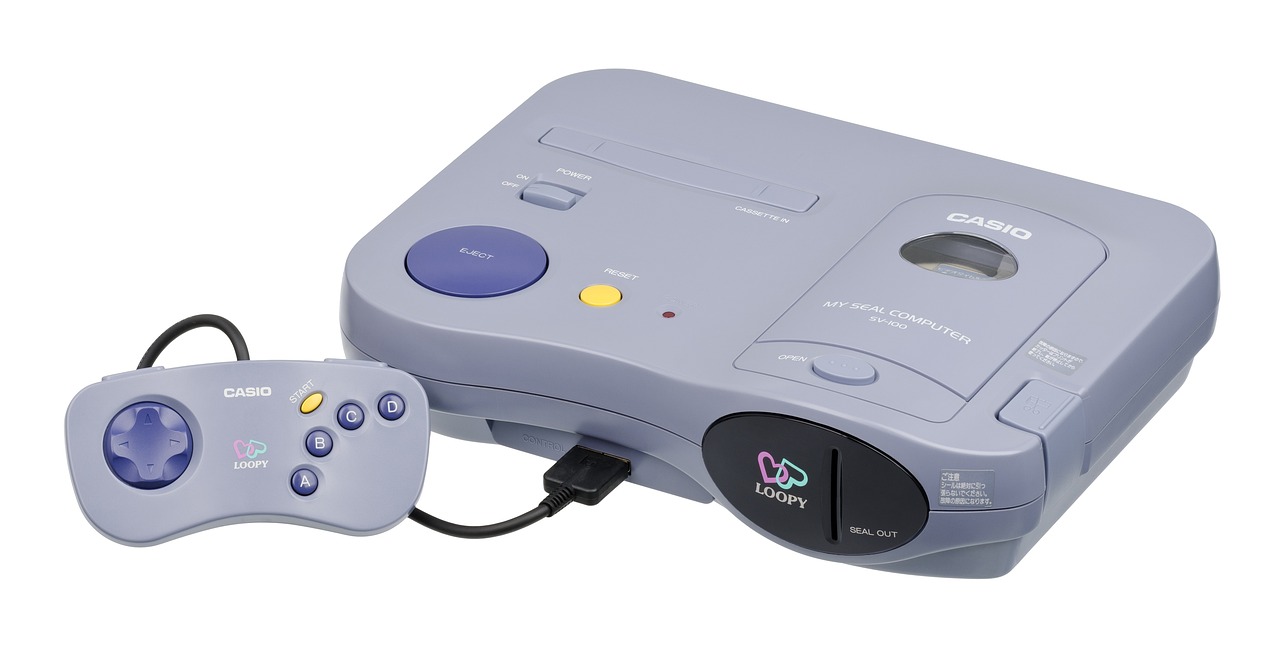 Image by WikimediaImages from Pixabay
Image by WikimediaImages from Pixabay
5. Bandai Playdia
As another Japan-exclusive console, this is likely the first time you’ve heard of the Bandai Playdia, a hot item released back in 1994. Although its initial primary focus was on edutainment, video games with an educational purpose, it later branched out to feature popular anime characters. Some of the most popular games on this console included “Dragon Ball Z: Sukamon and His Friends,” “Sailor Moon,” and “Ultraman”. What makes the Playdia especially unique is that it was designed for single-player use only, featuring only one controller port. For the ultimate solitary gaming experience, this was a solid choice back in the day.
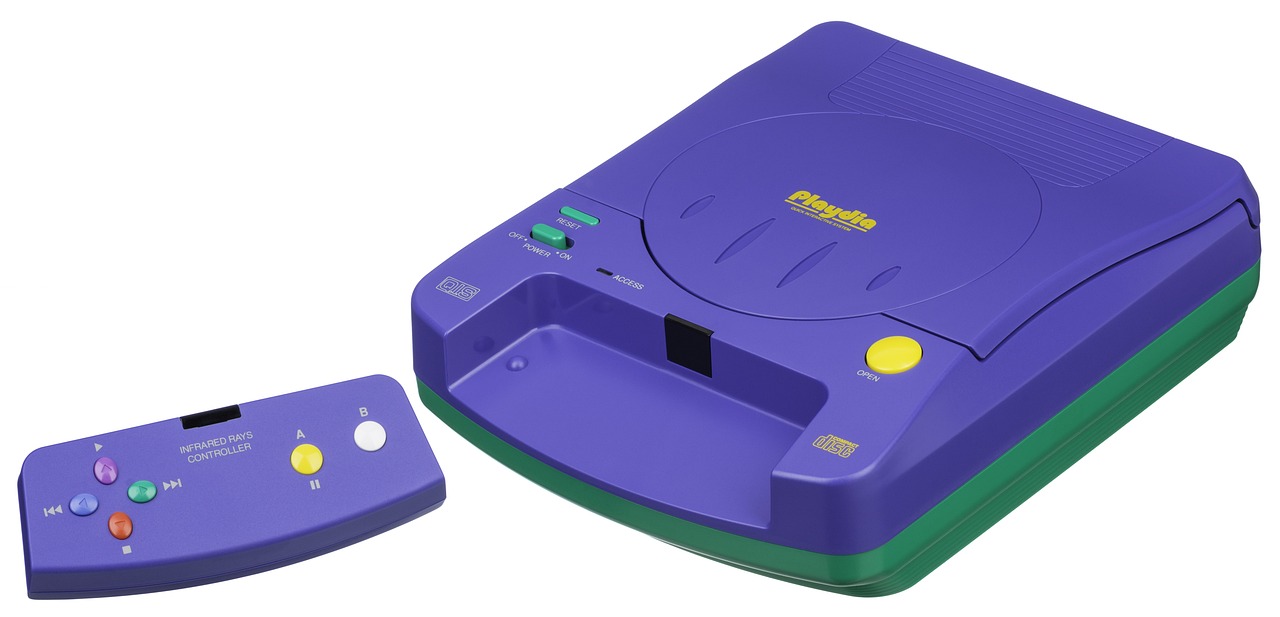 Image by WikimediaImages from Pixabay
Image by WikimediaImages from Pixabay
From early-day consoles like the Fairchild Channel F to the marvel that is the Playstation, it’s amazing to see the journey the gaming universe has gone on. Although these five retro consoles weren’t able to achieve the same fame as say, the Nintendo Switch, each brought a unique spin to the table, making gaming history incredibly fascinating to explore.







